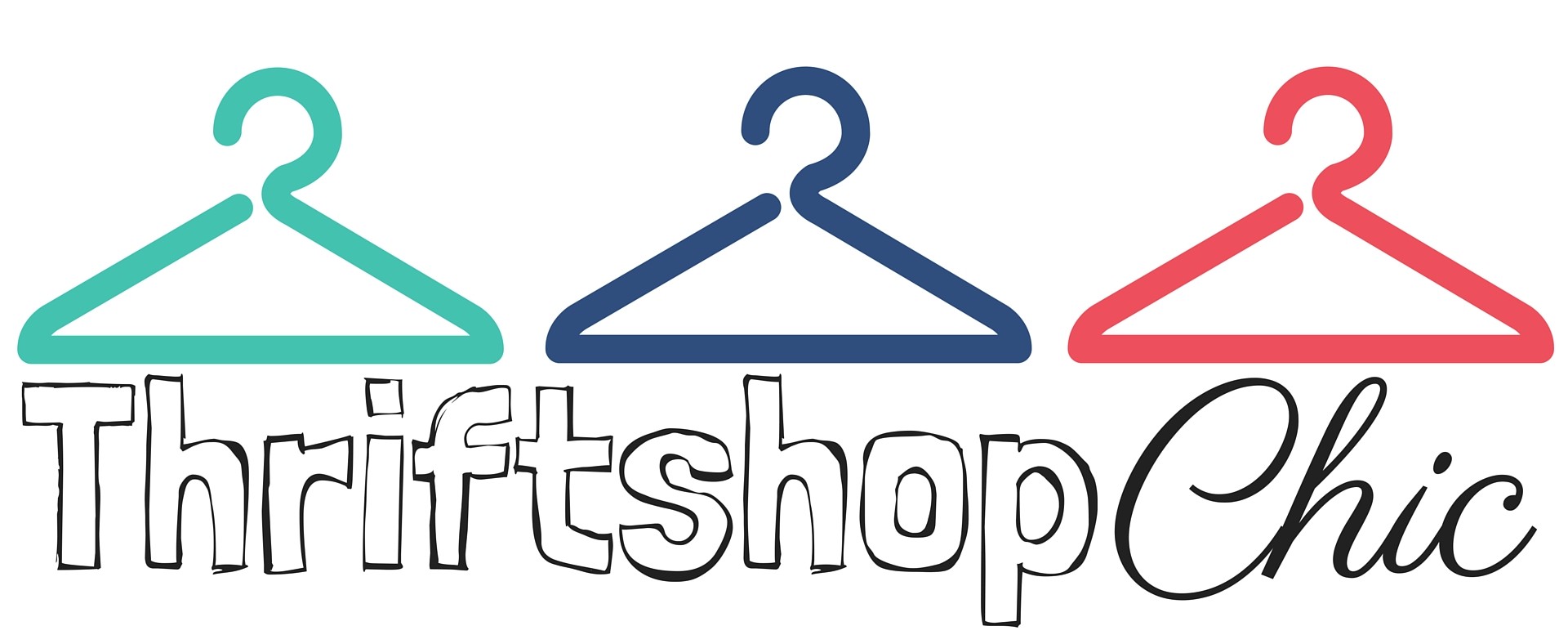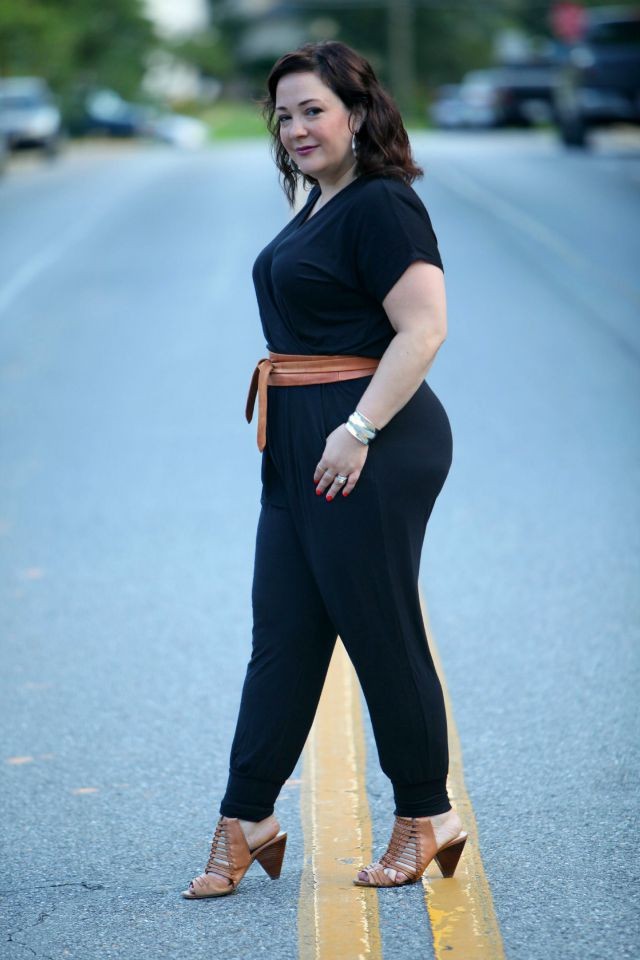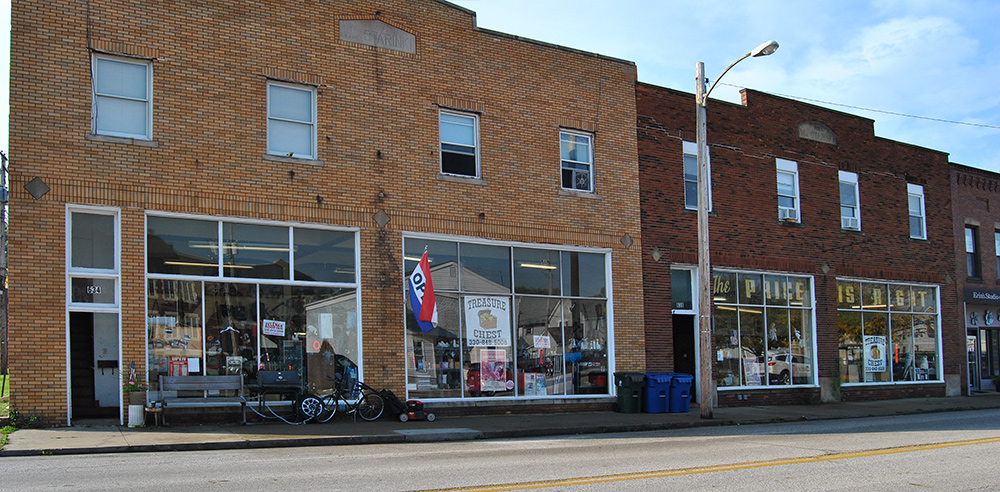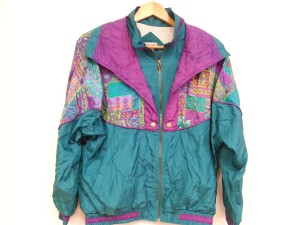Did y’all see last weekend’s scathing portrait of Amazon’s workplace culture in the New York Times? It’s a fascinating and stomach-turning read detailing crying at one’s desk as a regular occurrence, marathon conference calls on Easter Sunday and Thanksgiving Day, confidential hotlines where you can “evaluate” your coworkers without them ever getting to face their accuser, and being put on “performance review” status immediately after returning from maternity leave or cancer treatment. Basically it’s a no-holds-barred approach to creating and implementing profitable ideas–extreme capitalism with nary a nod to the well-being of one’s workforce.
In the work-life balance conversation, I lean decidedly towards a “work to live,” not “live to work,” approach. Reading this article made me really uncomfortable about continuing to patronize Amazon–the convenience and competitive pricing are seductive, for sure, but once you have a mental picture of a woman spending her entire vacation at a Starbucks answering work emails or a dad being told to spend even less time with his kids or coworkers conspiring to throw each other under the bus lest they themselves be culled, it’s hard to get it out of your head. I’d rather pay more or wait longer for my goods than support that kind of workplace culture.
How does this relate to thrifting? If you are in the habit of shopping for clothing through Amazon, this article will make you think twice–and hopefully thrice–about continuing to do so. As an alternative, look into your local thrift store’s work climate. You can tell a lot, although not all, by just shopping there and paying attention to how employees are treated by supervisors. Ask for an appointment with the manager or research the store online. See how well it aligns with your values* and shop accordingly.
What are your thoughts, Thrifters? And please point us in the direction of decent alternatives to Amazon! To get the ball rolling: Netflix’s recent decision to provide unlimited paid parental leave over the course of a year to either mothers or fathers. It does not cover non-salaried employees, but it’s a start. (FYI: we do not pay for or use a Netflix account.)
*I’m planning to look into Goodwill of North Georgia’s labor practices, since Goodwills often pay disabled workers less through the Federal Labor Standards Act–controversial legislation dating from the 1930s that allows businesses to pay disabled adults, who might otherwise not have the opportunity for paid work, under minimum wage.







